通过这个项目,Celyn Bricker 探索了艺术与劳动之间的一个模糊领域,在那里一个有趣的艺术结果可以被解释为一个聪明的创造性行为和一个提高工人生产力的技巧。
用他自己的话来说:
“在这次干预中,我很想知道我是否可以与工厂工人合作,在不改变他们的行为或工作过程的任何部分的情况下创作一件艺术品。装配线流程的一部分包括在有限空间内对正在建造的机器进行喷漆的部分。我收集了工人在整个过程中使用的废布,并将这些布挂在喷涂区。被雇来喷涂机器的工人照常继续工作;不同的是,衣服现在收集了他行动的痕迹。这种干预可以通过“假发”的历史概念来理解——这是一个不寻常的概念,起源于早期工业化欧洲,工厂主容忍工人为自己的目的使用工厂设备。然而,对效率的更高要求使得这种对个人自由的微小表达几乎不可能。在我的干预中,我实际上提高了工厂的效率,使用其他‘浪费’的材料和能源来创作合作制作的艺术品。”
Beijing Project n.37
Celyn Bricker 博凯
TRACES 痕迹
With this project Celyn Bricker explores an ambiguous territory between art and labor, where an interesting artistic consequence can be interpreted both as a smart creative action and as trick to increase the workers’ productivity. In his own words: “In this intervention I was interested to see if I could collaborate with the factory workers to create an art piece without them changing either their behavior or any part of the working process. Part of the assembly line process includes a section in which the machine being constructed is spray-painted in a confined space. I collected the waste cloths used by workers in all parts of the process and hung these cloths in the spray area. The worker employed to spray the machines continued as usual; the difference being that the cloths now collected the trace of his action. This intervention could be understood in relation to the historical concept of 'the wig' - an unusual term for a concept that originated in early industrial Europe, where factory owners tolerated workers using factory equipment to their own ends. Greater demands for efficiency have however made this small expression of individual freedom almost impossible. In my intervention I actually increased the efficiency of the factory, using otherwise 'wasted' material and energy to create a collaboratively made artwork.”
Pekin Projet n.37
Celyn Bricker
TRACES
Avec ce projet, Celyn Bricker explore un territoire ambigu entre art et travail, où une conséquence artistique intéressante peut être interprétée à la fois comme une action créative intelligente et comme une astuce pour augmenter la productivité des travailleurs. Dans ses propres mots : « Dans cette intervention, j'étais intéressé de voir si je pouvais collaborer avec les ouvriers de l'usine pour créer une œuvre d'art sans qu'ils changent leur comportement ou une partie du processus de travail. Une partie du processus de la chaîne de montage comprend une section dans laquelle la machine en cours de construction est peinte par pulvérisation dans un espace confiné. J'ai collecté les chiffons usagés utilisés par les travailleurs dans toutes les parties du processus et j'ai accroché ces chiffons dans la zone de pulvérisation. L'ouvrier employé pour pulvériser les machines a continué comme d'habitude ; la différence étant que les draps ramassaient maintenant la trace de son action. Cette intervention pouvait être comprise en relation avec le concept historique de « la perruque » - un terme inhabituel pour un concept qui trouve son origine dans l'Europe industrielle primitive, où les propriétaires d'usines toléraient que les travailleurs utilisent l'équipement d'usine à leurs propres fins. Les plus grandes exigences d'efficacité ont cependant rendu presque impossible cette petite expression de la liberté individuelle. Dans mon intervention, j'ai en fait augmenté l'efficacité de l'usine, en utilisant du matériel et de l'énergie autrement « gaspillés » pour créer une œuvre d'art réalisée en collaboration. »
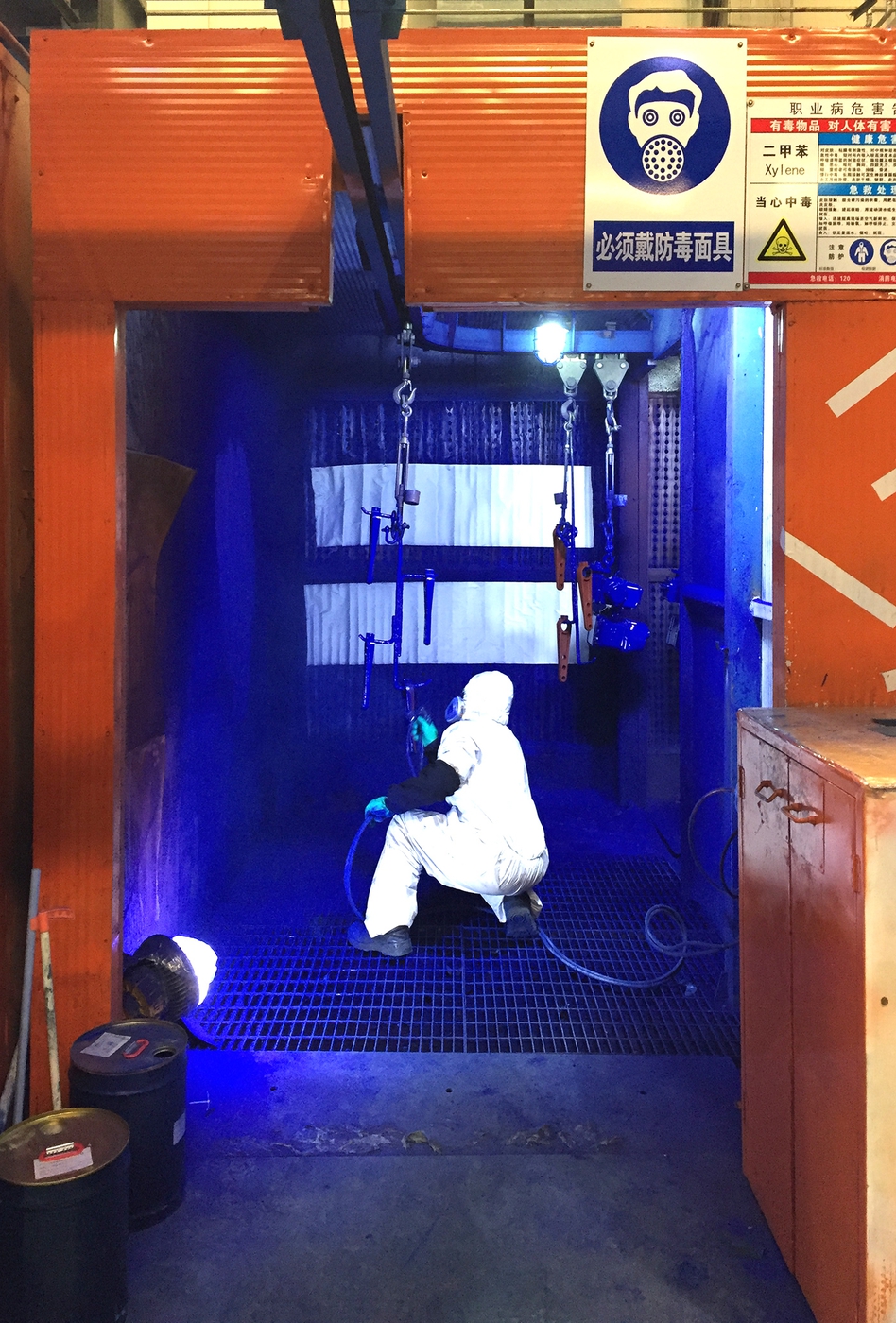
通过这个项目,Celyn Bricker 探索了艺术与劳动之间的一个模糊领域,在那里一个有趣的艺术结果可以被解释为一个聪明的创造性行为和一个提高工人生产力的技巧。
用他自己的话来说:
“在这次干预中,我很想知道我是否可以与工厂工人合作,在不改变他们的行为或工作过程的任何部分的情况下创作一件艺术品。装配线流程的一部分包括在有限空间内对正在建造的机器进行喷漆的部分。我收集了工人在整个过程中使用的废布,并将这些布挂在喷涂区。被雇来喷涂机器的工人照常继续工作;不同的是,衣服现在收集了他行动的痕迹。这种干预可以通过“假发”的历史概念来理解——这是一个不寻常的概念,起源于早期工业化欧洲,工厂主容忍工人为自己的目的使用工厂设备。然而,对效率的更高要求使得这种对个人自由的微小表达几乎不可能。在我的干预中,我实际上提高了工厂的效率,使用其他‘浪费’的材料和能源来创作合作制作的艺术品。”
Beijing Project n.37
Celyn Bricker 博凯
TRACES 痕迹
With this project Celyn Bricker explores an ambiguous territory between art and labor, where an interesting artistic consequence can be interpreted both as a smart creative action and as trick to increase the workers’ productivity. In his own words: “In this intervention I was interested to see if I could collaborate with the factory workers to create an art piece without them changing either their behavior or any part of the working process. Part of the assembly line process includes a section in which the machine being constructed is spray-painted in a confined space. I collected the waste cloths used by workers in all parts of the process and hung these cloths in the spray area. The worker employed to spray the machines continued as usual; the difference being that the cloths now collected the trace of his action. This intervention could be understood in relation to the historical concept of 'the wig' - an unusual term for a concept that originated in early industrial Europe, where factory owners tolerated workers using factory equipment to their own ends. Greater demands for efficiency have however made this small expression of individual freedom almost impossible. In my intervention I actually increased the efficiency of the factory, using otherwise 'wasted' material and energy to create a collaboratively made artwork.”
Pekin Projet n.37
Celyn Bricker
TRACES
Avec ce projet, Celyn Bricker explore un territoire ambigu entre art et travail, où une conséquence artistique intéressante peut être interprétée à la fois comme une action créative intelligente et comme une astuce pour augmenter la productivité des travailleurs. Dans ses propres mots : « Dans cette intervention, j'étais intéressé de voir si je pouvais collaborer avec les ouvriers de l'usine pour créer une œuvre d'art sans qu'ils changent leur comportement ou une partie du processus de travail. Une partie du processus de la chaîne de montage comprend une section dans laquelle la machine en cours de construction est peinte par pulvérisation dans un espace confiné. J'ai collecté les chiffons usagés utilisés par les travailleurs dans toutes les parties du processus et j'ai accroché ces chiffons dans la zone de pulvérisation. L'ouvrier employé pour pulvériser les machines a continué comme d'habitude ; la différence étant que les draps ramassaient maintenant la trace de son action. Cette intervention pouvait être comprise en relation avec le concept historique de « la perruque » - un terme inhabituel pour un concept qui trouve son origine dans l'Europe industrielle primitive, où les propriétaires d'usines toléraient que les travailleurs utilisent l'équipement d'usine à leurs propres fins. Les plus grandes exigences d'efficacité ont cependant rendu presque impossible cette petite expression de la liberté individuelle. Dans mon intervention, j'ai en fait augmenté l'efficacité de l'usine, en utilisant du matériel et de l'énergie autrement « gaspillés » pour créer une œuvre d'art réalisée en collaboration. »
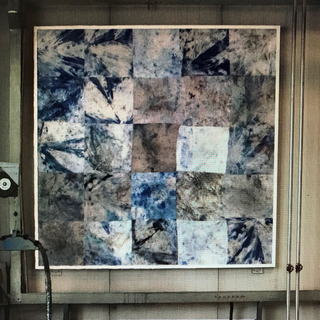
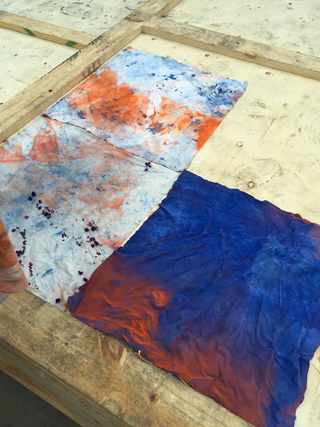

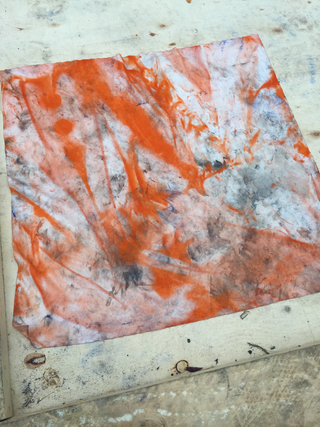
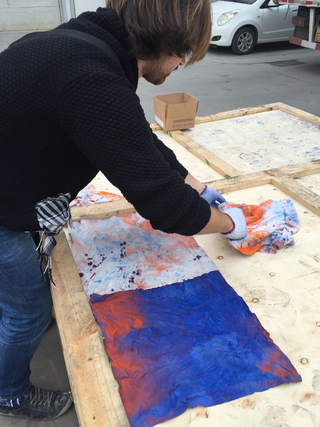
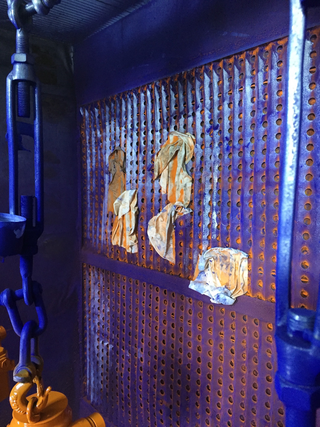
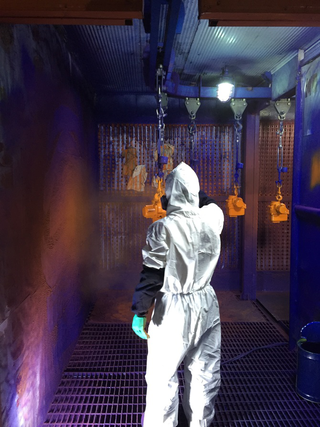
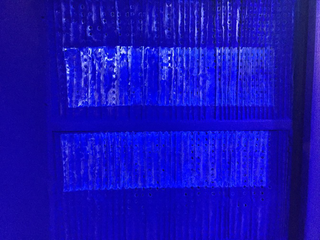
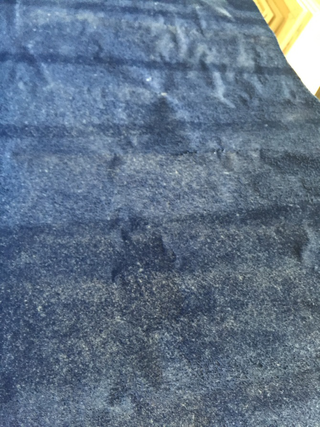
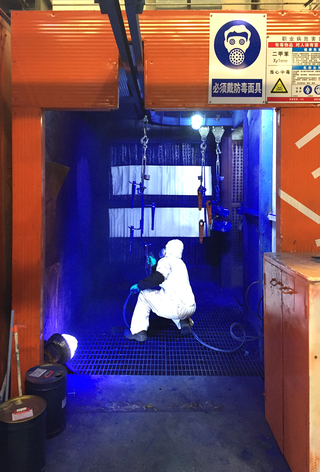
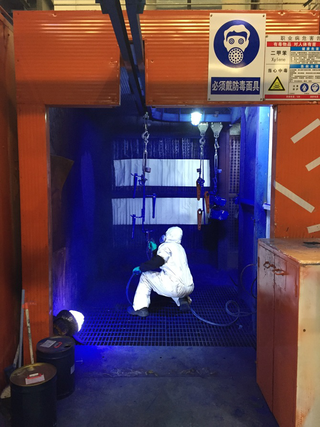
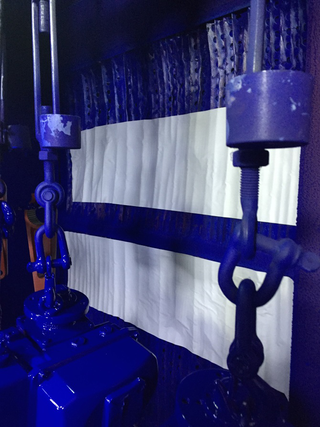
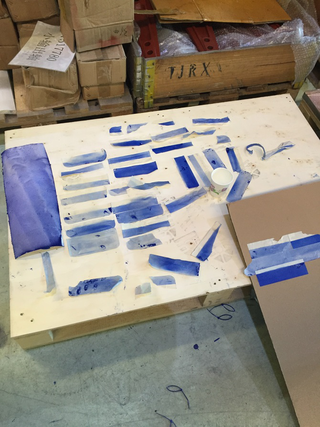
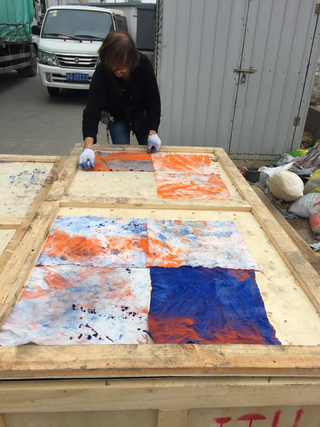
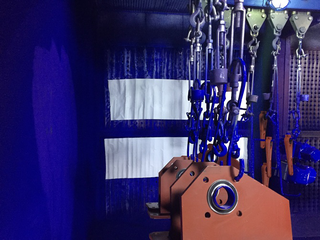
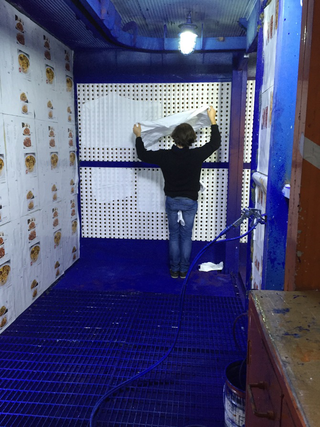
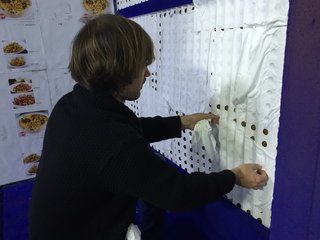
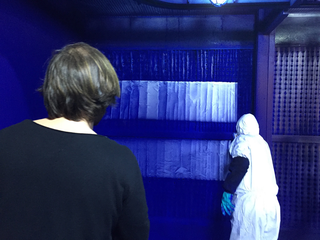
Social
Contatti
socialsensibilityrd@gmail.com